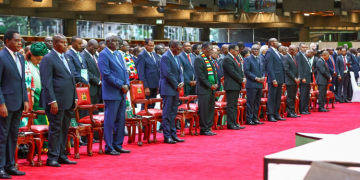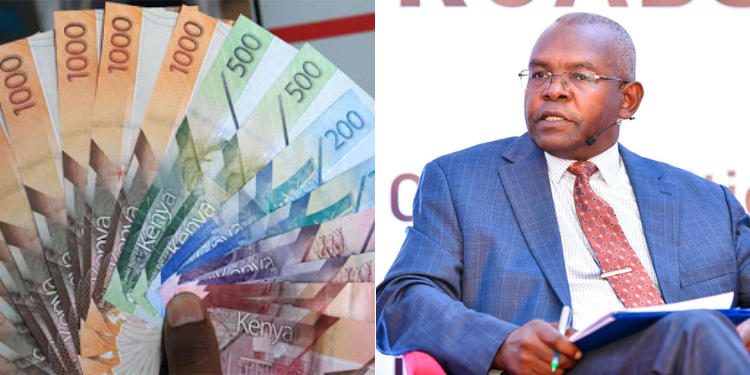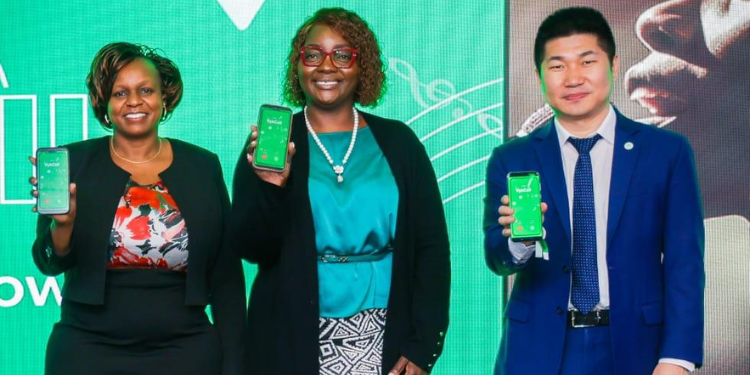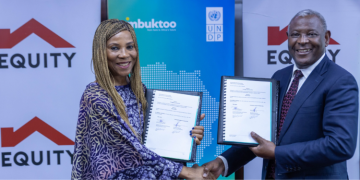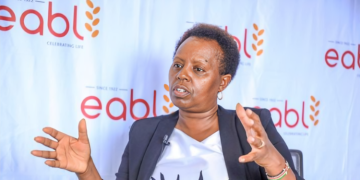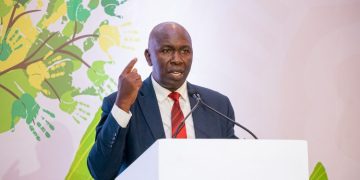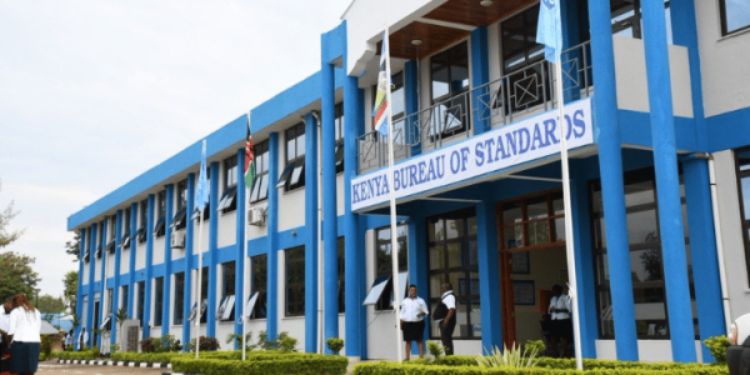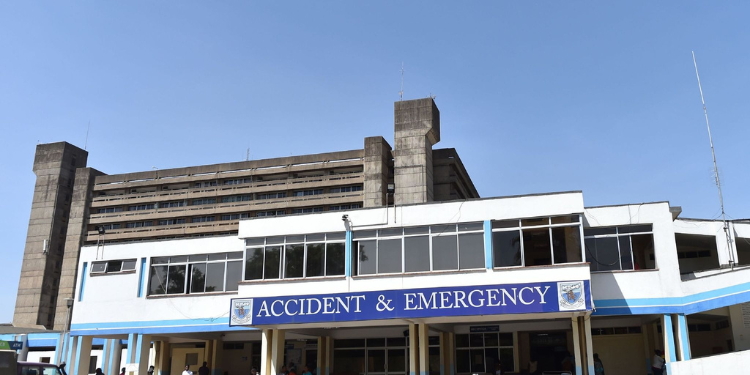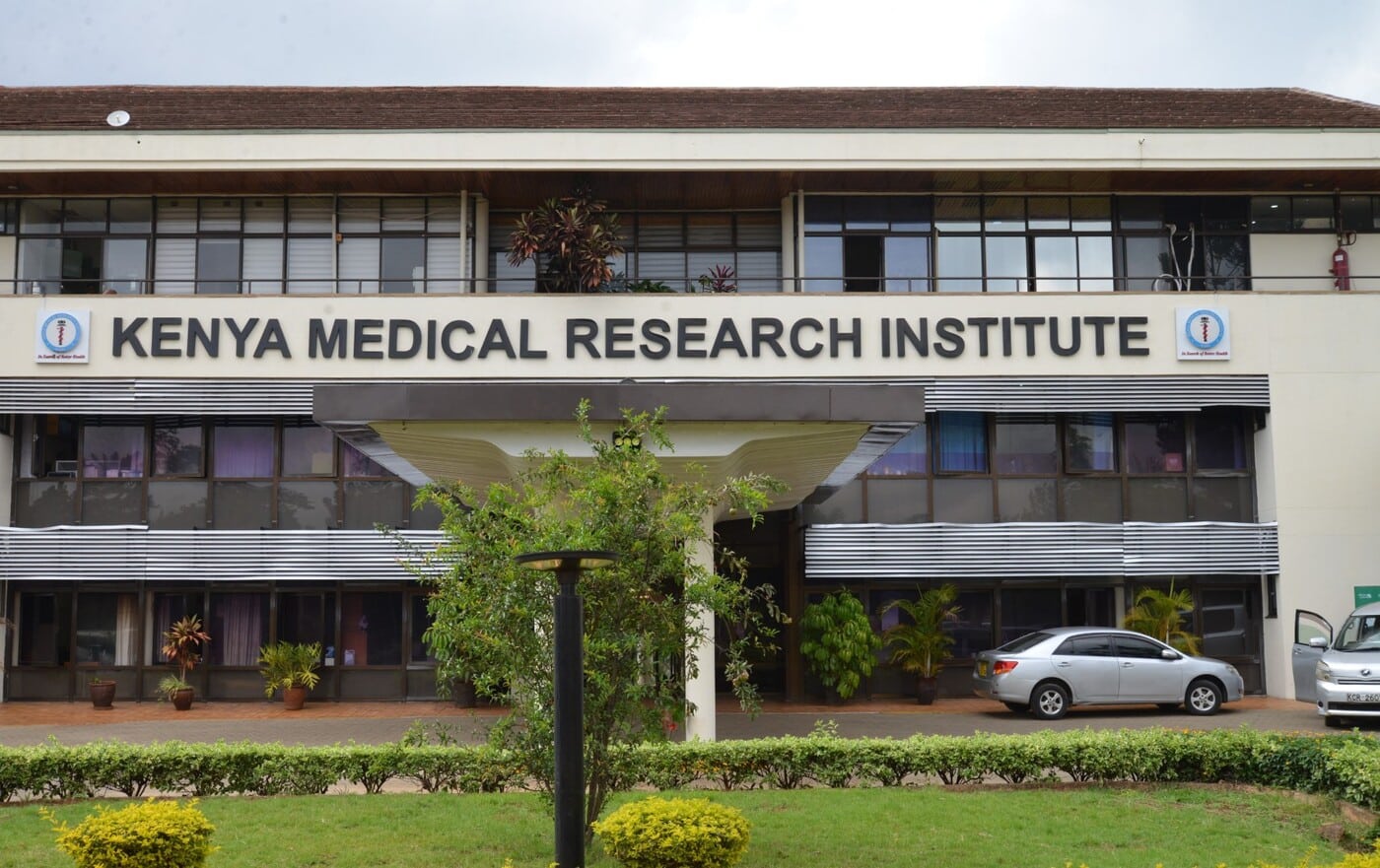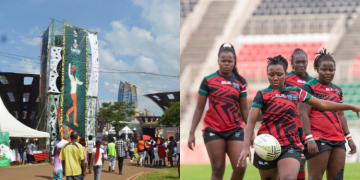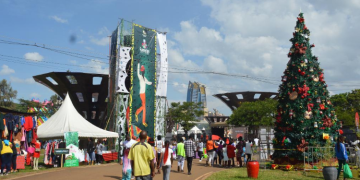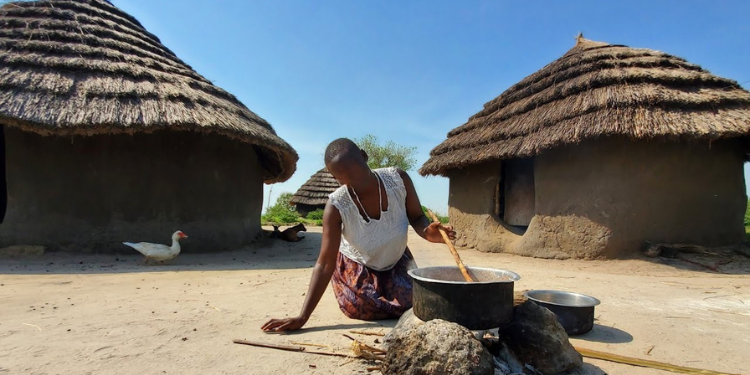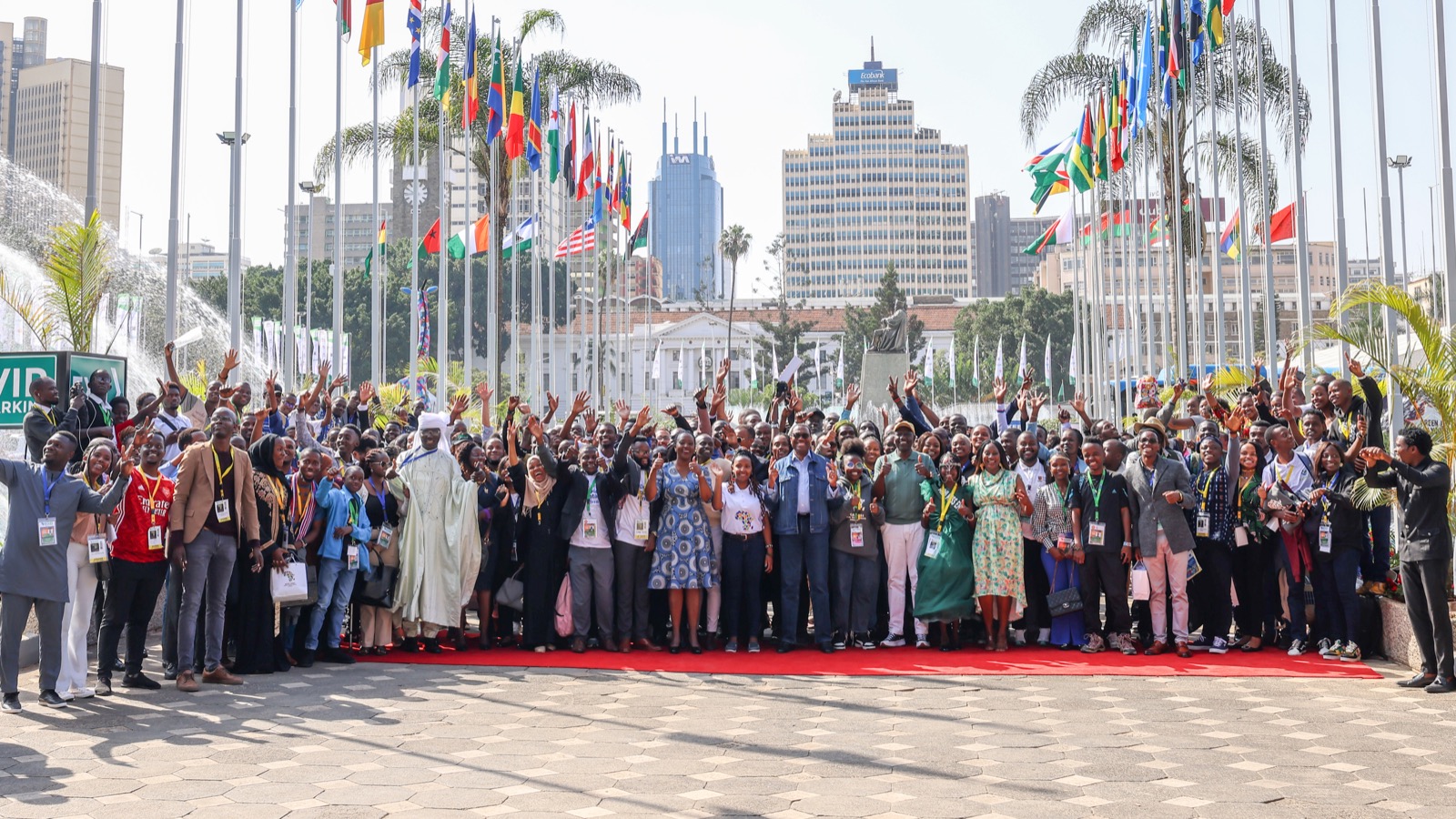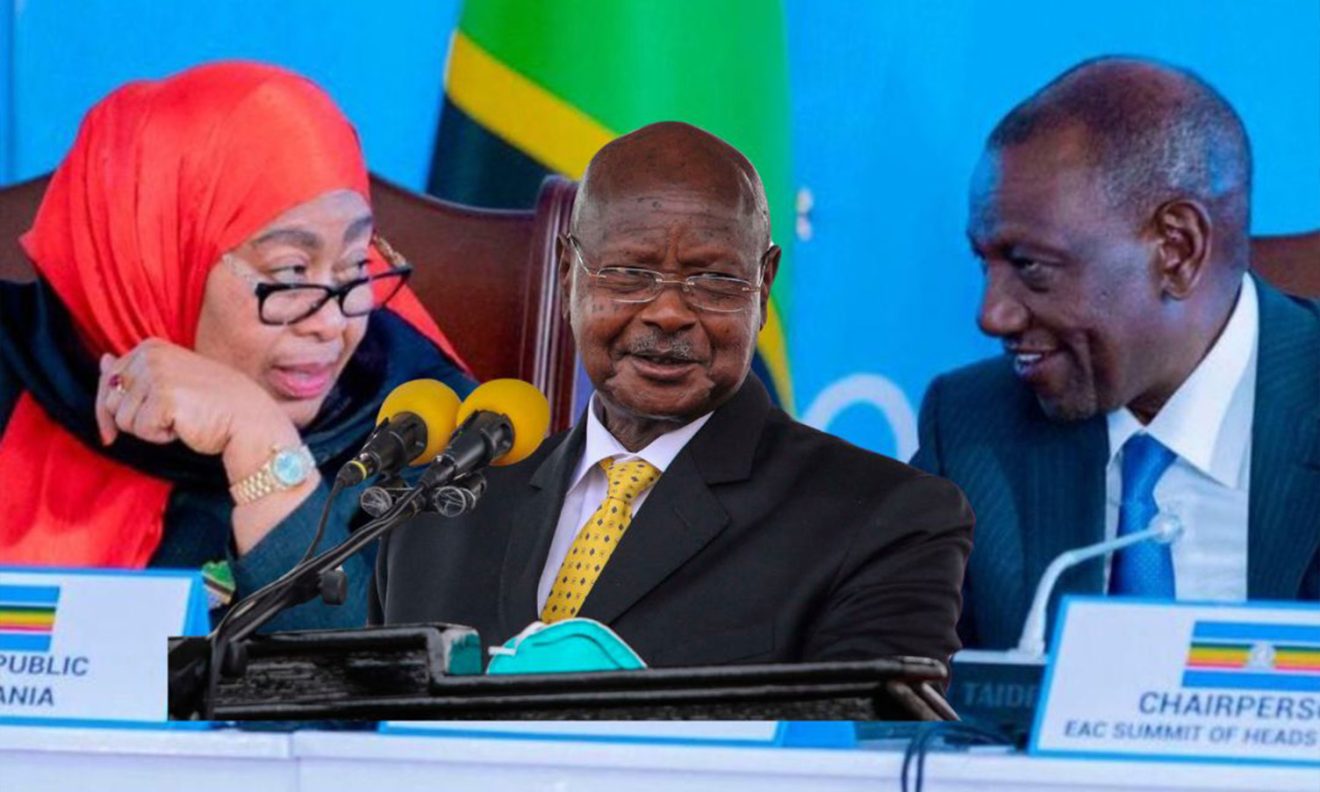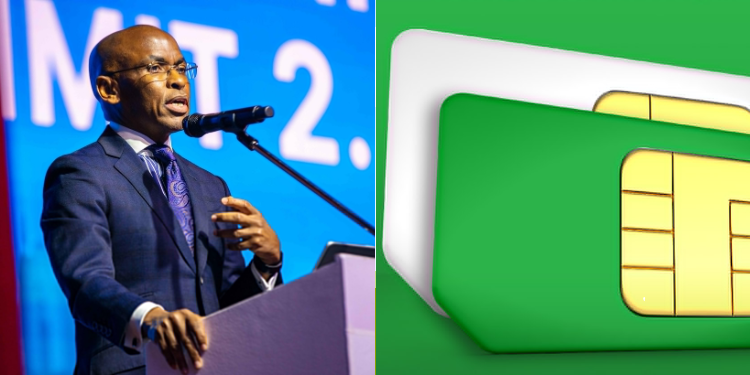Telecommunications giant Safaricom has further solidified its dominance in the mobile network services sector in Kenya, according to the Communications Authority of Kenya (CA).
CA, in its fourth Quarter Sector Statistics report for the 2024/2025 Financial Year (covering April 1 to June 30, 2025), reveals that Safaricom extended its leading position by adding 1.7 million new subscribers, bringing its total subscriber base to 49,933,605.
This equated to a 65.1% share of the total SIM card market as of June 30, 2025, strengthening its grip on a sector it already leads by a significant margin.
Airtel Networks Kenya Ltd, the second-largest player in the market, experienced a 3.5% decline in its subscriber base, losing approximately 869,000 users over the quarter. Despite this drop, Airtel ended the period with a total of 23,659,770 subscriptions.
Meanwhile, Telkom Kenya Limited (TKL) suffered a more substantial setback, with its subscriptions falling by 25.5%, equivalent to a loss of 297,000 subscribers. Telkom’s total SIM subscriptions stood at 868,788 as of the end of June 2025, placing it further behind in the market.
Outside the major operators, Jamii Telecommunications Limited (JTL) registered modest growth, adding 16,000 subscribers, a 2.3% quarterly increase. This brought Jamii’s total subscriptions to 728,228, all of which were prepaid.
The total number of mobile SIM subscriptions across Kenya reached 76.7 million, pushing the penetration rate to 146.3% as of June 30th, 2025. This continued upward trajectory is fueled by rising demand for services like mobile broadband, mobile money, and digital banking.
Safaricom leads as prepaid subscribers dominate the market
On the other hand, CA in the report has revealed that Kenya’s mobile market continues to be overwhelmingly dominated by prepaid users. During the fourth quarter of the 2024/2025 financial year, the ratio of prepaid to post-paid subscribers stood at 98.1% to 1.9%, respectively. This reflects a strong and persistent consumer preference for flexible, pay-as-you-go mobile service options.
Safaricom reported 48,888,662 pre-paid and 1,044,943 post-paid subscribers. Airtel followed with 23,254,921 pre-paid and 404,849 post-paid subscriptions. Telkom Kenya recorded 858,650 pre-paid and 10,138 post-paid users. Meanwhile, JTL only reported prepaid subscriptions, totaling 728,228, and did not register any postpaid users.
The overwhelming dominance of pre-paid subscriptions across all operators underscores the ongoing consumer preference for cost control, flexibility, and ease of access—characteristics that pre-paid mobile services offer more readily than post-paid alternatives.
Also Read: Safaricom Slashes Data Bundle Prices
The sustained growth observed across Kenya’s mobile sector can be attributed to several structural and technological factors. Chief among them is the ongoing rollout of 4G and 5G infrastructure, which has expanded access to high-speed mobile internet services nationwide.
Additionally, competitive tariffs and frequent promotional offers from Mobile Network Operators (MNOs) have made mobile services more affordable and appealing to a broader base of consumers. The rapid shift from feature phones to smartphones has also played a crucial role, accelerating digital inclusion and increasing data consumption across both urban and rural regions.
These developments have significantly reshaped the mobile landscape, although their benefits have not been evenly distributed. Larger players, particularly Safaricom, have been better positioned to capitalize on these trends due to their extensive networks, larger customer bases, and greater resources.
Voice and SMS traffic
Safaricom’s dominance in Kenya’s mobile sector extends beyond subscriber numbers alone. The CA report reveals that the operator continues to lead decisively in traditional communication services—namely, voice and SMS traffic.
Also Read: Starlink’s Market Share in Kenya Drops Despite Adding New Subscribers
In terms of domestic mobile voice traffic, Safaricom accounted for 63.4%, while Airtel followed with 36.3%. Other operators, including Telkom, Finserve, and Jamii Telecommunications, held only a negligible share of voice traffic.
The disparity is even more pronounced in the SMS segment, where Safaricom accounted for 88.46% of the total domestic SMS traffic. Airtel managed an 11.5% share, while other providers contributed only marginally.
The reported market shares are based on substantial traffic volumes recorded during the quarter. Total domestic voice traffic reached 29.17 billion minutes between April and June 2025. Of this, Safaricom contributed 18.50 billion minutes, while Airtel generated 10.60 billion minutes.
For SMS traffic, the quarter saw a 6.5% increase, with a total of 15.25 billion messages. Safaricom alone was responsible for 13.49 billion messages, whereas Airtel generated 1.75 billion messages.
Follow our WhatsApp Channel and X Account for real-time news updates


